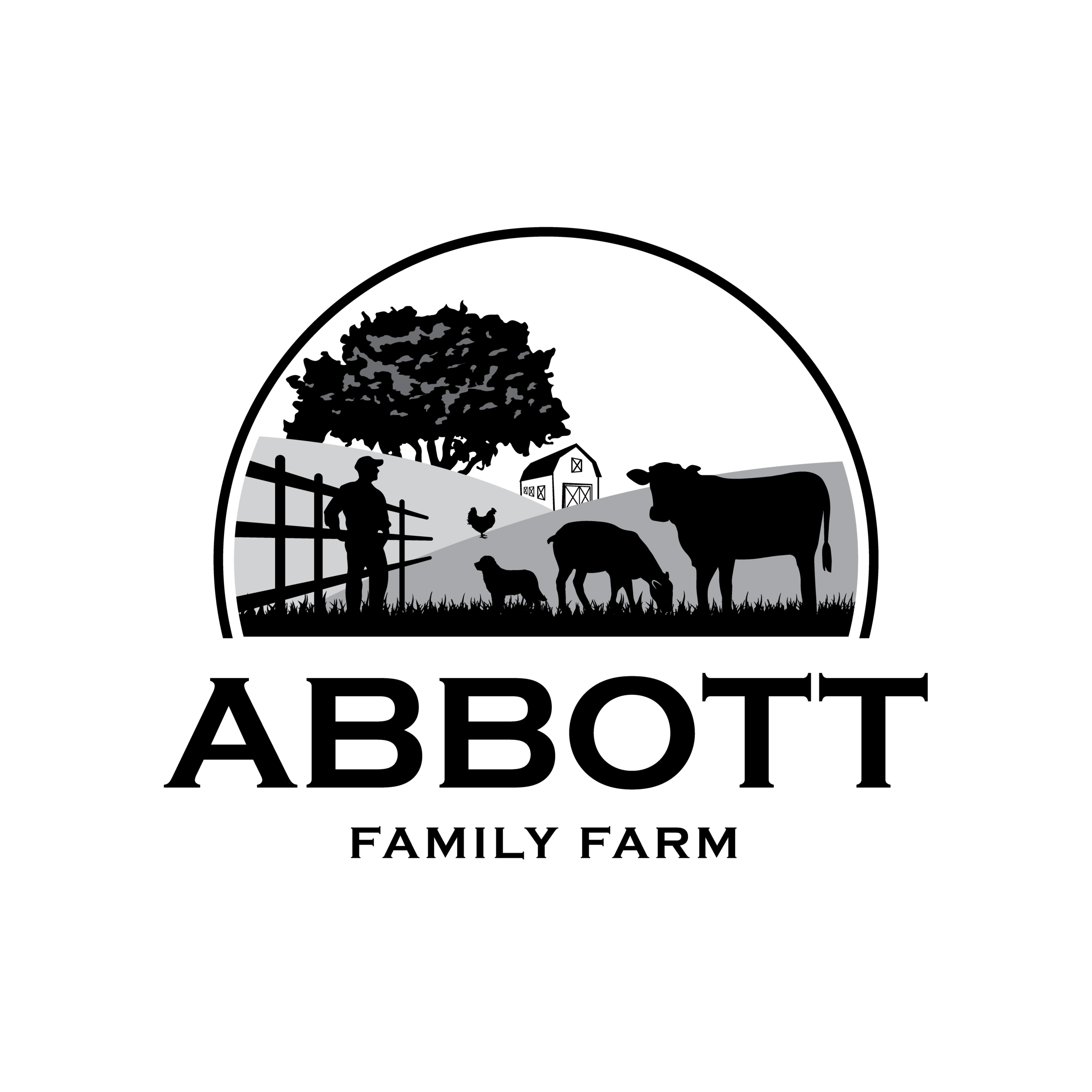In general, we look for Heritage Breed animals to raise. Heritage breeds are those that have been bred for generations and retain qualities that modern hybrid breeds do not possess. The Livestock Conservatory states that heritage breeds were bred to be self-sufficient and survive using older farming methods. Some of these characteristics are high fertility, foraging ability, longevity, maternal instincts, ability to mate naturally, and resistance to diseases and parasites.
Which breeds are heritage breeds? As a quick reference, they are the breeds of livestock that you would have seen at your great-grandfather's family farm. Unfortunately, many of these breeds are diminishing in numbers as they frequently are not suitable for large commercial farming. Therefore many of them are on the endangered, threatened or recovering species list.
Scottish Highland Cattle
With the iconic shaggy hair and large horns, Scottish Highland Cattle are definite show stoppers. Perfect for small homesteads, these cattle are smaller than commercial meat steers. Highlands are extremely hardy, have a long lifespan and are excellent mothers. They hardly ever need assistance with births and the bulls are gentle enough to stay in the pasture with the ladies even during calving.
They have been moved to the "Recovering" list as they are growing in popularity with homesteaders. The breed grows well on rough forage eating a lot of pest type plants including weeds and thistles. A variety of harsh weather also does not phase them. Due to their long hair, they handle cold, wet conditions with ease and do not require much in the way of shelter.
Their meat is said to be exceptional tasting and also lower in fat and cholesterol than other varieties of beef. The meat is insulated by their long hair instead of fat so the meat is very lean. The milk is rich and high in butterfat. They make a good family cow as they are relatively docile and calm cows.
We are currently taking a break from Scottish Highland Cattle but are hoping to have some again in the future.
Icelandic Sheep
With these triple purpose sheep are not on the Endangered list, they are an ancient breed that has never been improved - so to speak. This is the same breed of sheep that were running around during the Viking era. Ours tend to be a little more skittish, only coming up to us when they want to on their terms. They will eat food out of our hands yet stay arms length away when trying to pet them. Extremely smart for sheep (lol), they are also a hardy breed that loves to forage on rough pasture more than just grass. They love our blackberry bushes!
Our ewes are excellent mothers and lamb with ease. Our ram has a beautiful set of horns but some of our ewes are polled which means that a few are naturally born without horns. They have beautiful fleeces that we have tanned and sell as pelts. Hopefully in the near future we will also have wool available for those who like to spin or felt.
Considered the “Cadillac” of lamb meat, it is fine-texture, mild flavored and high in omega-3 fatty acids and iron.
Myotonic (aka Fainting) Goats
They are a unique and charming heritage breed known for their calm temperaments, striking looks, and—of course—their famous “fainting” trait. When startled, these goats experience a temporary muscle stiffness due to a genetic condition called myotonia congenita. It’s harmless and short-lived, but it’s part of what makes them such a fascinating and beloved breed among small farms and homesteaders.
Originally developed in the United States in the 1800s, Myotonic Goats are listed as a heritage breed by The Livestock Conservancy, meaning they are part of our agricultural history and in need of conservation. These goats are excellent foragers, easy to handle, fantastic mothers and efficient meat producers, making them ideal for sustainable farming. Plus, their gentle nature and manageable size make them a favorite for families and beginner goat keepers. At Abbott Family Farm, we love raising Myotonic Goats not only for their usefulness—but for their personality, too!
Emus
Emus are large, flightless birds native to Australia, first introduced to the United States in the 1950s and 60s. Known for their quirky personalities and prehistoric looks, emus are a fascinating addition to any farm. Ours have been with us since they were just 4–6 months old, and it’s been a joy watching them grow—and they grow fast! Emus are naturally curious, goofy, and surprisingly gentle, making them entertaining and low-maintenance livestock.
One of the most fun things about raising emus is watching their playful antics—especially in the rain! They love to run, chase each other, and show off their deep, booming throat calls, which can sound a bit eerie if you’re not used to them. These low-frequency sounds travel far and are one of the unique things that make emus so intriguing.
Female emus lay their stunning, dark green and teal eggs during the winter months—typically starting in late fall and finishing around March. Each egg weighs around one pound and is equivalent to about a dozen chicken eggs. A single female can lay 20–30 eggs per season, and fun fact: they lay them at night!
At Abbott Family Farm, we hatch both standard emus and the rare, lighter-colored blonde emus. During hatching season—usually from late January through June—we offer emu chicks for sale to farms, homesteaders, and families looking to raise these amazing birds. Whether you're new to emus or expanding your flock, our hand-raised chicks are a wonderful way to get started.
Egg Laying Chickens
We cycle through different breeds of egg laying chickens so that we can keep track of their age. Some of our favorites are Dominant Coppers, Orpingtons, Marans, Turkens, Wyandottes and Dark Brahmas. They have free range of all the pastures digging through the compost piles, spilled hay and rotten logs.

































